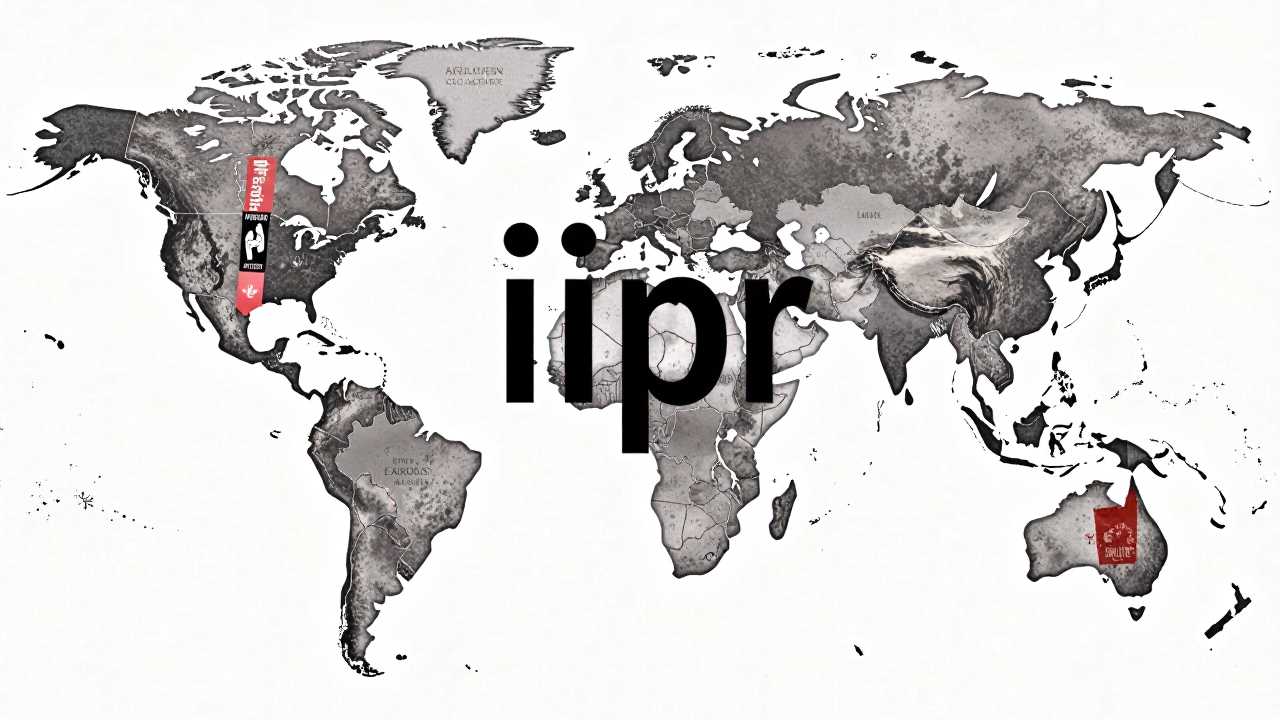
Understanding International Intellectual Property Rights
International Intellectual Property Rights (IIPR) serve as a critical framework for protecting the creations of the mind, including inventions, literary and artistic works, designs, symbols, names, and images used in commerce. These rights are vital for fostering innovation and ensuring that creators can reap the benefits of their work. As we navigate the complexities of global trade, understanding IIPR becomes essential for businesses operating in multiple jurisdictions.
The landscape of IIPR is shaped by various treaties and agreements, including the Agreement on Trade-Related Aspects of Intellectual Property Rights (TRIPS), which sets minimum standards for IP protection among World Trade Organization (WTO) members. By adhering to these standards, countries can enhance their attractiveness to foreign investors and promote a competitive business environment.
The Role of Global Trade in Intellectual Property Rights
Global trade has a profound impact on the enforcement and evolution of International Intellectual Property Rights. As businesses expand their operations internationally, they encounter diverse legal frameworks that govern IP protection. This complexity necessitates a comprehensive understanding of cross-border regulations to ensure compliance and safeguard intellectual assets.
Countries with robust IIPR frameworks often experience increased foreign direct investment (FDI) and trade opportunities. For instance, nations that actively enforce copyright laws and patent protections create a conducive environment for innovation and creativity. This, in turn, fosters economic growth and enhances their global competitiveness.
Copyright Enforcement: Protecting Creative Works
Copyright enforcement is a cornerstone of International Intellectual Property Rights, particularly in the digital age where digital piracy poses significant challenges. The unauthorized reproduction and distribution of creative works undermine the rights of authors and creators, leading to substantial economic losses.
To combat digital piracy, countries must implement effective enforcement mechanisms. This includes establishing specialized agencies to monitor and address copyright infringements, as well as fostering collaboration between governments, industry stakeholders, and law enforcement. By creating a strong deterrent against piracy, nations can protect their creative industries and encourage the continued production of original works.
Patent Disputes: Navigating Complex Legal Landscapes
Patent disputes are another critical aspect of International Intellectual Property Rights that can significantly impact global trade. As companies innovate and develop new technologies, the potential for patent infringement claims increases. Navigating these disputes requires a thorough understanding of patent laws and the ability to engage in effective negotiation and litigation strategies.
Businesses must be proactive in conducting thorough patent searches and ensuring that their innovations do not infringe on existing patents. Additionally, companies should consider implementing patent management strategies that include licensing agreements and partnerships to mitigate the risk of disputes. By fostering a culture of respect for intellectual property, businesses can contribute to a more stable and predictable environment for innovation.
Innovation Policies: Fostering a Culture of Creativity
Effective innovation policies are essential for promoting the development and protection of intellectual property. Governments play a crucial role in creating an environment that encourages research and development (R&D) while ensuring that IP rights are respected and enforced.
Investment in education and training programs can help cultivate a workforce that understands the importance of intellectual property and its role in driving economic growth. Furthermore, governments should consider providing incentives for businesses to invest in R&D, such as tax credits or grants. By fostering a culture of innovation, countries can enhance their global competitiveness and attract foreign investment.
Cross-Border Regulations: Harmonizing Intellectual Property Rights
As businesses operate across borders, the need for harmonized intellectual property regulations becomes increasingly important. Disparities in IP laws can create barriers to trade and complicate the enforcement of rights. To address these challenges, international cooperation and dialogue are essential.
Countries should work together to develop standardized regulations that facilitate the protection of intellectual property rights across borders. This includes establishing mutual recognition agreements and sharing best practices for enforcement. By harmonizing regulations, nations can create a more predictable and secure environment for businesses engaged in global trade.
The Future of International Intellectual Property Rights
The landscape of International Intellectual Property Rights will continue to evolve as technology advances and global trade expands. Businesses must remain vigilant and adaptable to navigate the complexities of copyright enforcement, patent disputes, and cross-border regulations. By understanding the significance of IIPR and implementing effective strategies, companies can protect their innovations and contribute to a thriving global economy.
In summary, the interplay between International Intellectual Property Rights and global trade is a dynamic and multifaceted issue. By prioritizing copyright enforcement, addressing patent disputes, fostering innovation policies, and harmonizing cross-border regulations, we can create an environment that supports creativity and economic growth. The future of IIPR will depend on our collective efforts to uphold these rights and promote a culture of respect for intellectual property in an increasingly interconnected world.
 Business & FinanceHealth & MedicineTechnologyLifestyle & CultureScience & EnvironmentWorld NewsPrivacy PolicyTerms And Conditions
Business & FinanceHealth & MedicineTechnologyLifestyle & CultureScience & EnvironmentWorld NewsPrivacy PolicyTerms And Conditions
